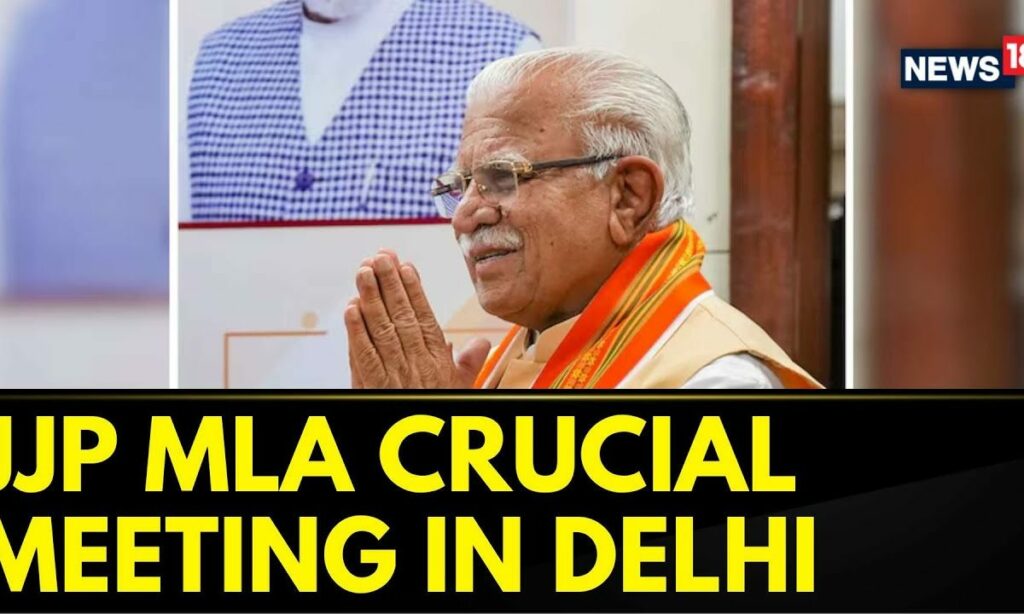Last Updated: March 13, 2024, 11:21 IST

Supreme Court of India. (File Image)
Justice Sanjeev Khanna informed advocate Prashant Bhushan, appearing for petitioner Association for Democratic Reforms, that they received a message from the Chief Justice and the matter will be listed on Friday
The Supreme Court on Wednesday considered a request for an urgent hearing on a petition challenging the decision to exclude the Chief Justice of India (CJI) from the panel that chooses election commissioners.
According to a Bar & Bench report, Justice Sanjeev Khanna informed advocate Prashant Bhushan, appearing for petitioner Association for Democratic Reforms, that they received a message from the CJI and the matter will be listed on Friday.
The NGO challenges the validity of a provision of the Chief Election Commissioner and Other Election Commissioners Act, 2023. Under the new law, the selection panel includes the prime minister as the chairperson and the leader of opposition and a union minister nominated by the PM are the two members of it.
The NGO has moved the top court after Election Commissioner Arun Goel put in his papers recently.
As per the new law, “Chief Election Commissioner and other Election Commissioners shall be appointed by the President on the recommendation of a Selection Committee consisting of — (a) the Prime Minister — Chairperson; (b) the Leader of Opposition in the House of the People — Member; (c) a Union Cabinet Minister to be nominated by the Prime Minister — Member.”
The opposition has accused the Modi government of defying the top court by dropping the CJI from the selection panel.
The Election Commission of India, for most of the past three decades, has been a three-member panel.
There have only been two aberrations (1999 and 2009 Lok Sabha elections) when polls were overseen by just two members because of a members’ retirement in the middle of the poll cycle.
The election commission originally used to have just a chief commissioner. Two additional commissioners were first appointed on October 16, 1989, and thereafter, on October 1, 1993. Since then, the commission has been functioning in a multi-member format, with decisions taken by a majority vote.
(With agency inputs)











